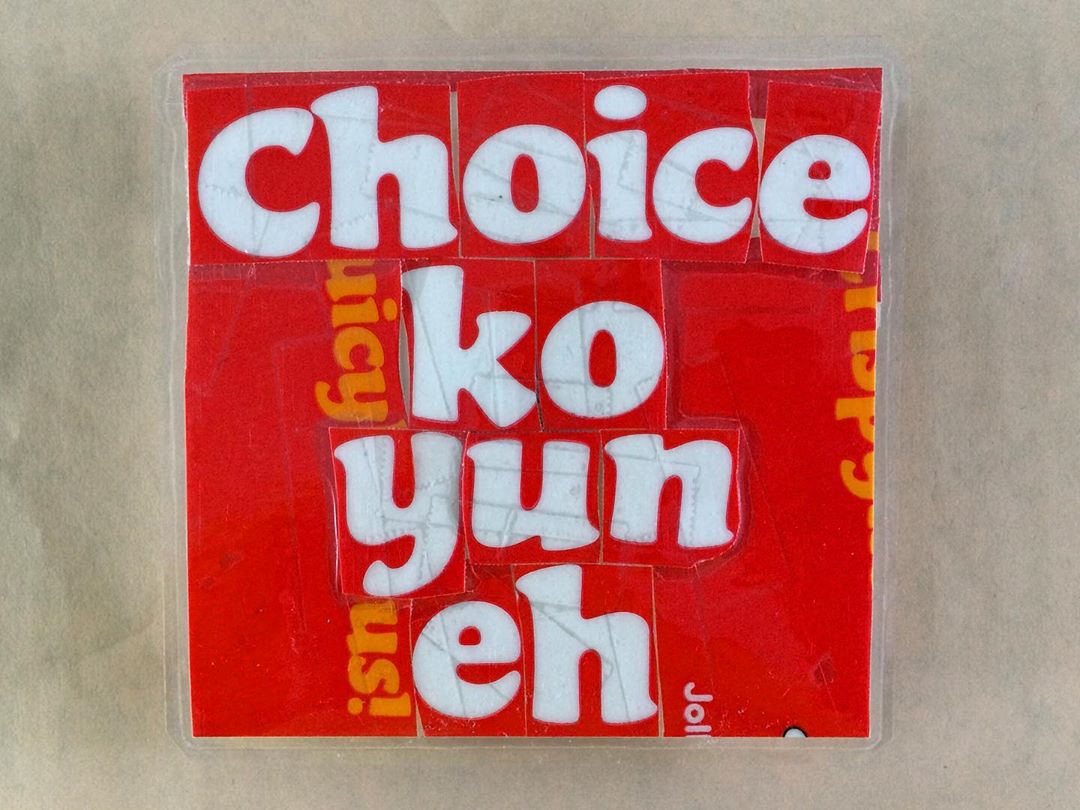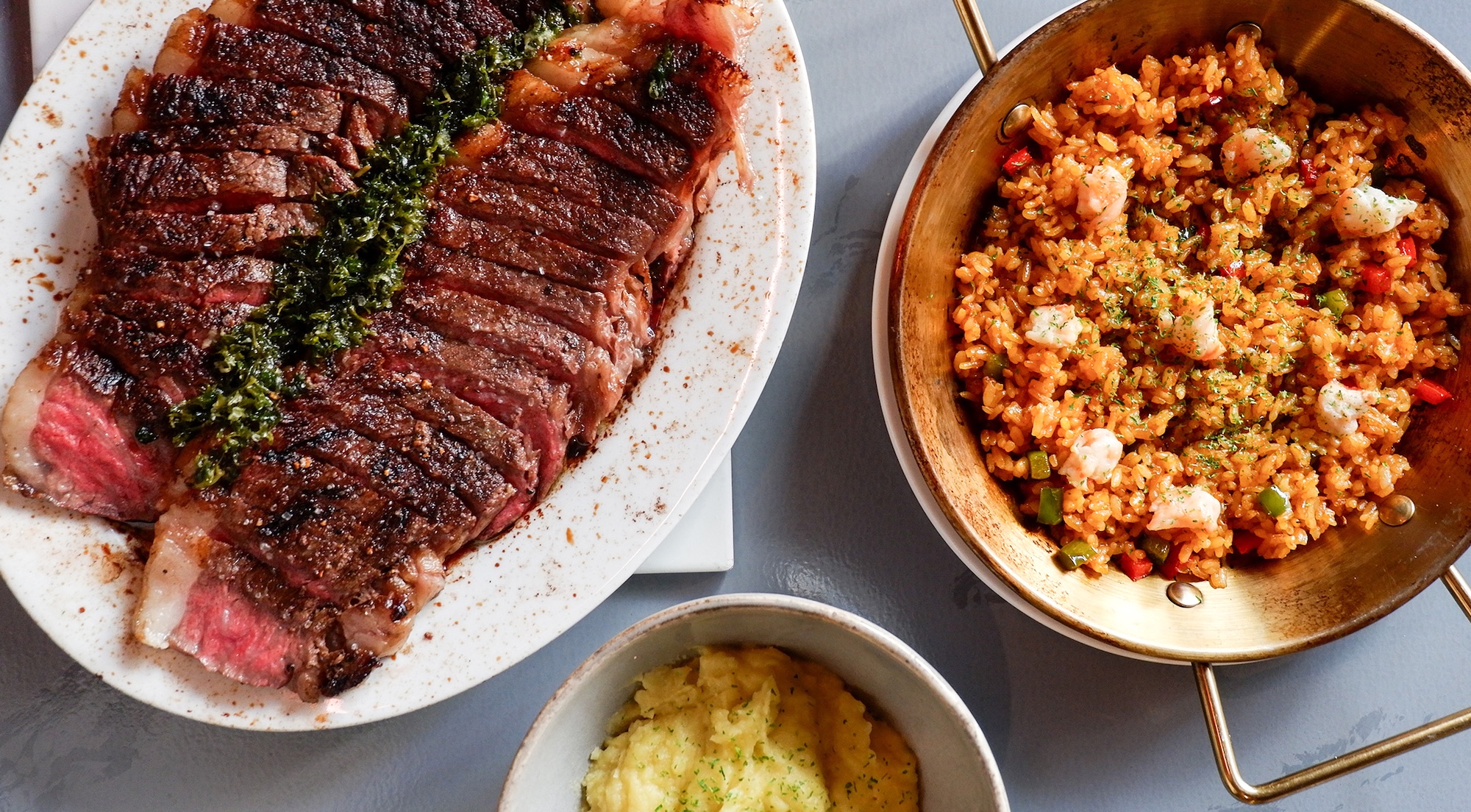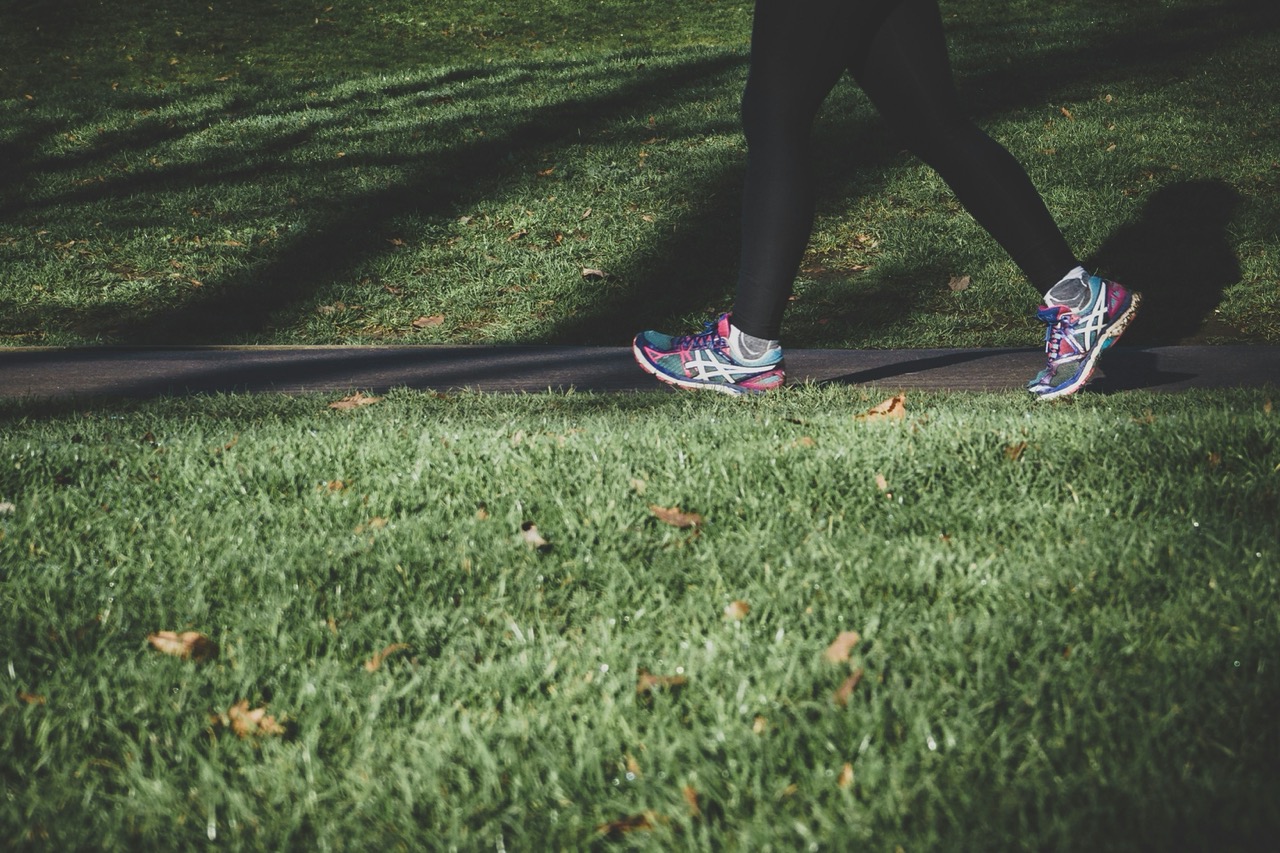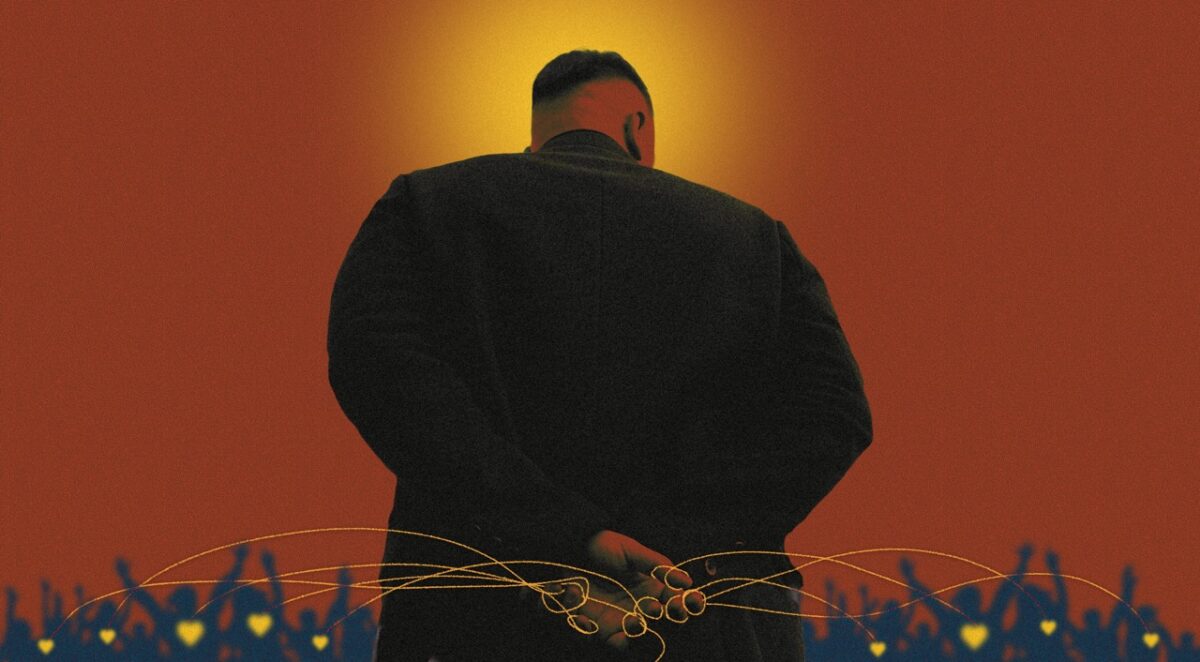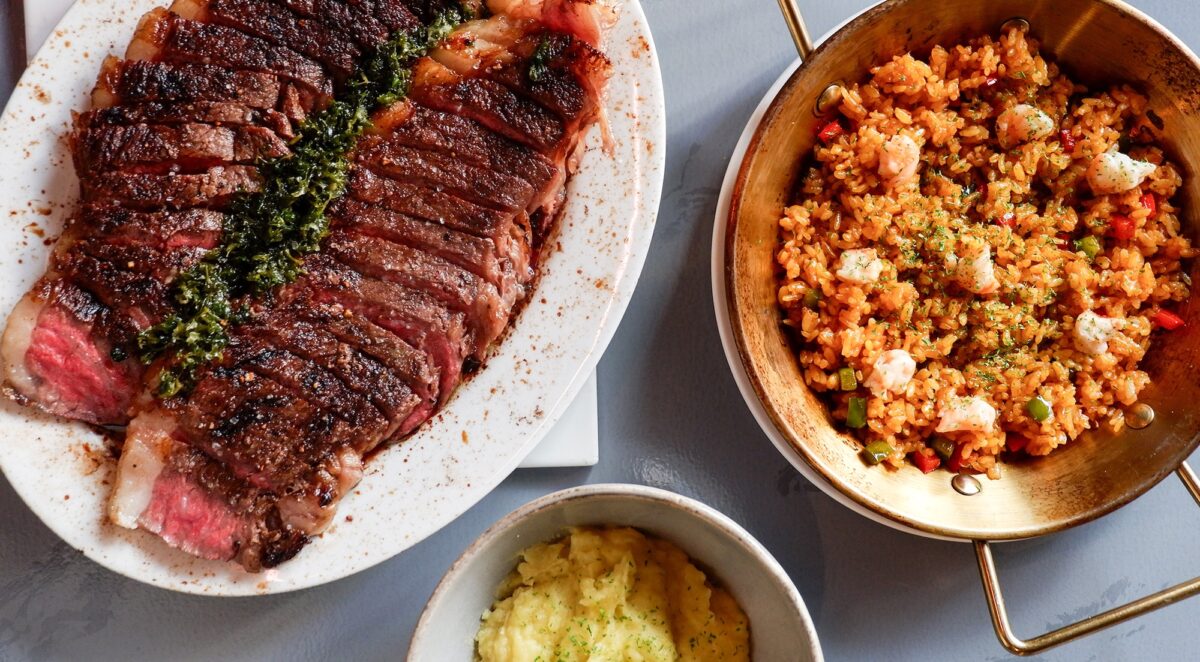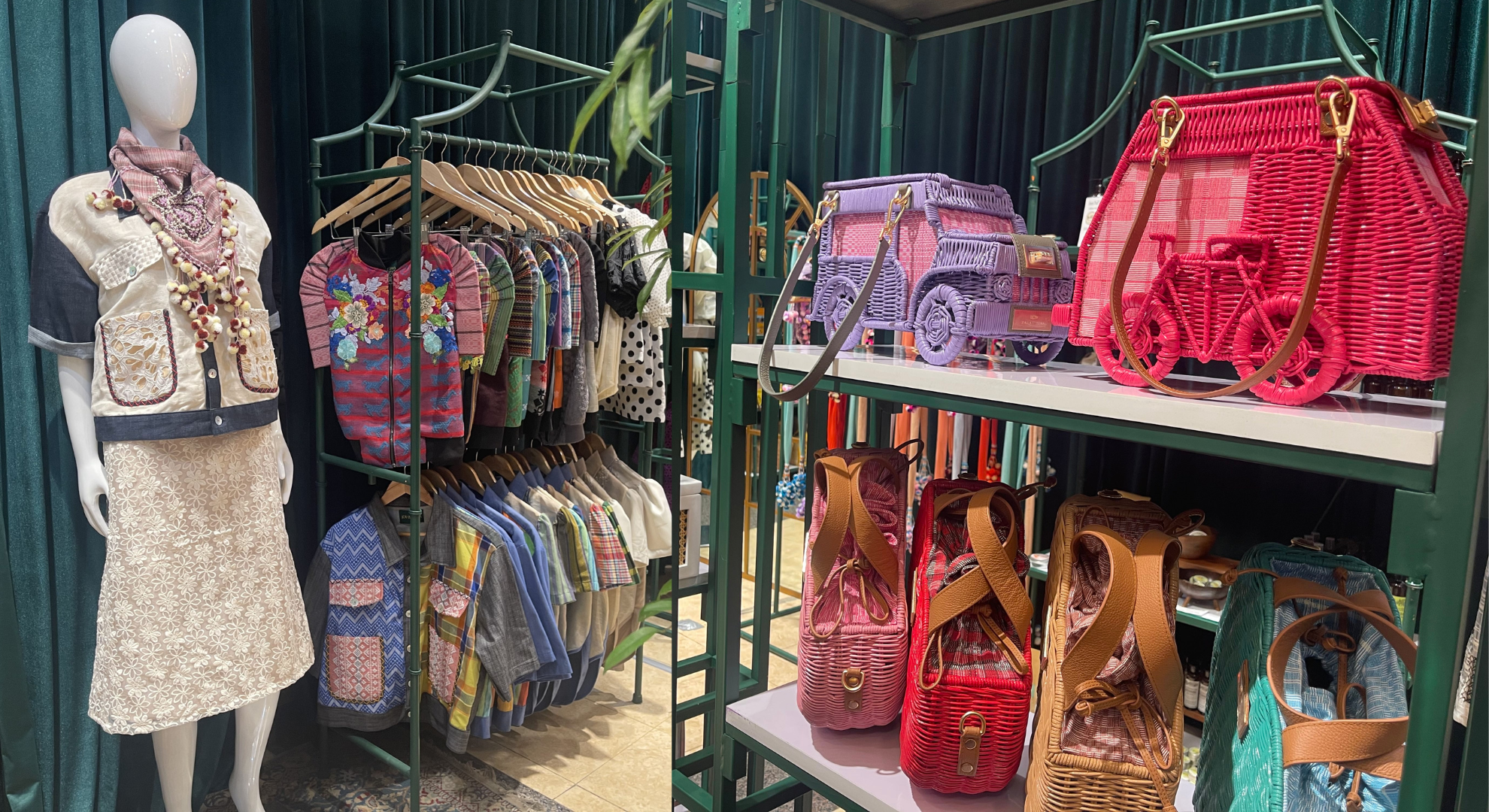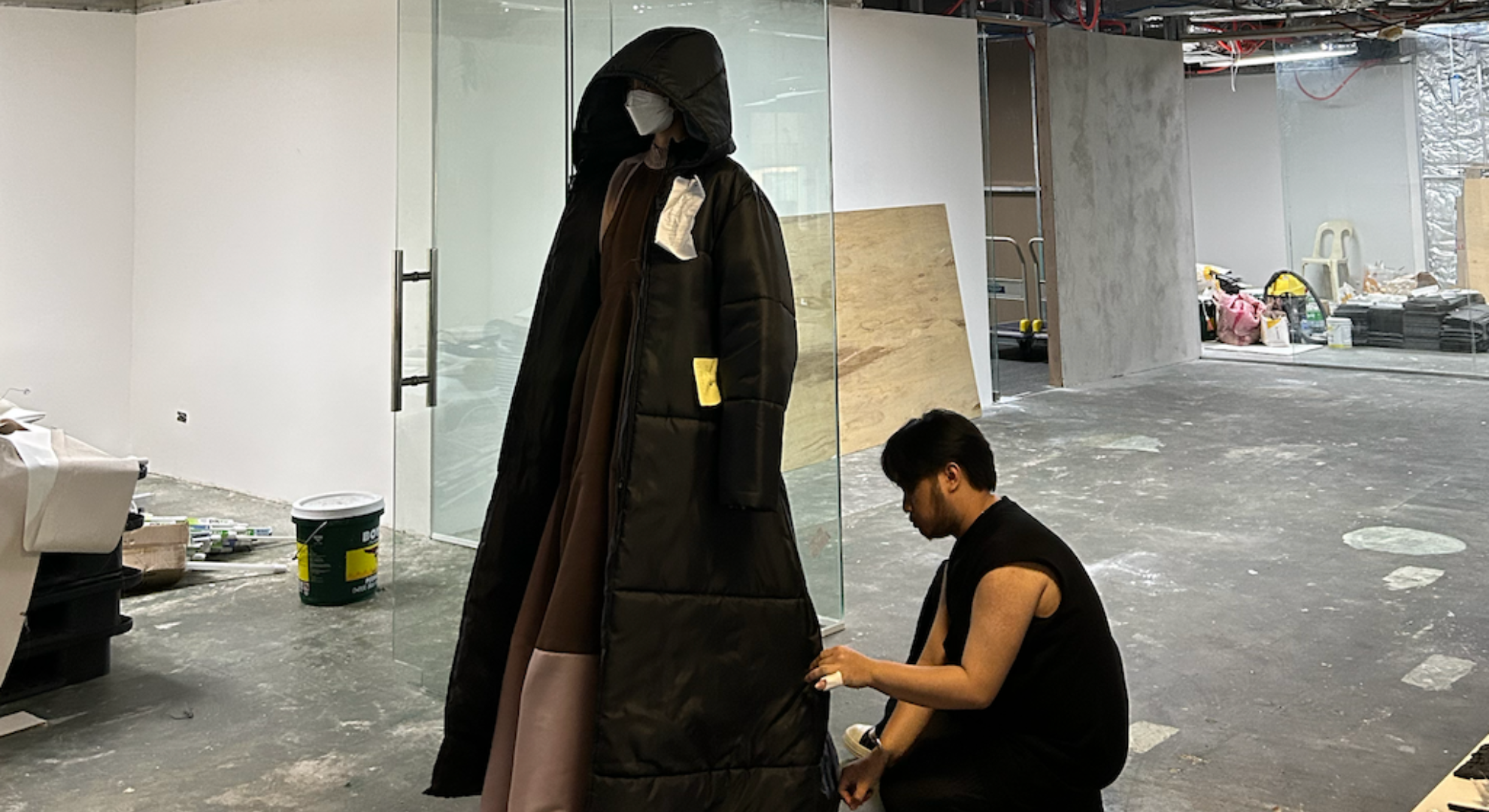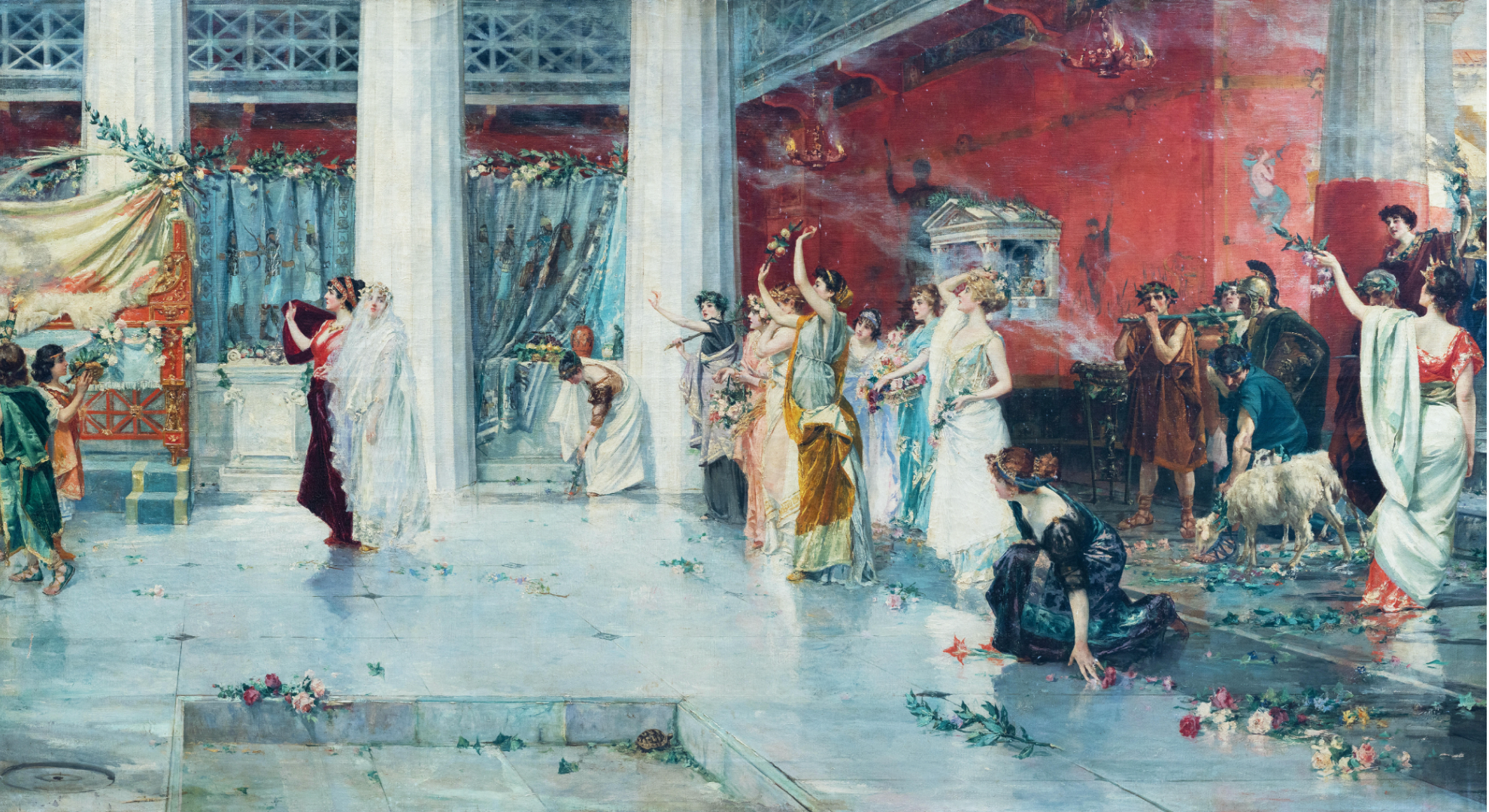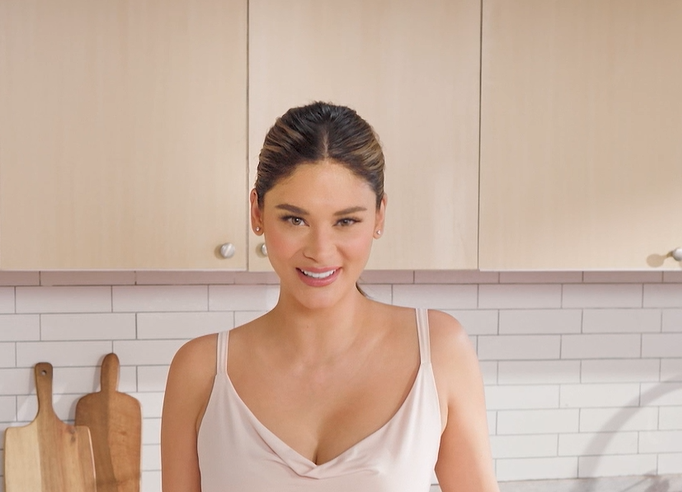It all started with the habit of cutting trash to fit into a small trash bin.
“The first one I ever did was in October 2016,” says artist Lui Alcazaren about his collage-making practice, “It was a Mar Roxas election sticker and I scrambled ‘Roxas’ into ‘Oras’. Just for the hell of it, I posted it on my Instagram, and a bunch of people liked it.”
Using words from known brands and logos, then cut up and rearranged anew, what began as a trash-compacting chore became an ongoing art practice that has expanded into exhibitions, commissions, and pop-up events.
Below, I talk to Lui about influences, alternative platforms, and the importance of humor in times of crises.
Who or which artists and practices have been a major influence on you on working in this manner?
“I don’t have a specific painter or sculptor. But when I was younger I liked reading Pugad Baboy, F. Sionil Jose, and Bob Ong. Since what I do plays with words, those guys influence my taste. For the art style, I also read local tabloids and Thrasher magazine. There are a lot of collage artworks done by skateboard magazines and Thrasher introduced me to that type of art.”
https://www.instagram.com/p/B8YF–vpP5d/
Do you consider them poetry, or yourself a poet?
“I don’t think I’m a poet. These things are just my recycled thoughts. The artworks I make are merely everyday emotions expressed by reusing packaging materials from products and restaurants. The outcome is sometimes vulgar, sad, angry, or just nonsense. Overthinking is the enemy.
“I frequently join pop events to sell my artworks. This is where I find out what people think of my art. Others think it’s a reflection of consumerism culture. The most memorable one I like was during an event, a bunch of college kids called me a creative shit-poster who recycles. I like to let actual people decide what my artworks are.”
https://www.instagram.com/p/B-D8NPkppdn/
How would you describe the project has evolved since you started doing it? Does the project now deal with a different theme, or stem from a different impulse as when you began it?
“The materials I use are from what I consume. When I see the brand packaging whatever pops in my mind the first minute is what I create. What’s changed is the workmanship and presentation. My works from four years ago were messier but the theme is still there. Just my everyday recycled thoughts.
“Sometimes when I see the output, I think to myself, this is such a stupid and crude thought, but that’s not the case when others see it. I love it when they say that they don’t see this anywhere else. It feeds my ego.”
The outcome is sometimes vulgar, sad, angry, or just nonsense. Overthinking is the enemy.
The work employs and is informed by a sharp, irreverent humor. For you what is the importance of humor in art practice?
“I think the humor is what makes it relevant because humor is based on everyday life. The humor makes it relatable. Certain words are so provocative especially when you see them on familiar and fun colored packaging. I like making the ones with Filipino profanity and slang. That’s what makes it local. People should be able to identify themselves in your works, it shows that what you did matters to them even for just a small portion of their day.”
https://www.instagram.com/p/B9NmXC4pQbD/
Now with the COVID crisis and a generally tumultuous socio-political climate, artists are confronted with questions about the role of art in these tough times. What are your thoughts on this?
“Artists now are different from artists 10 years ago. Today we have Instagram and Facebook. If art galleries don’t like you, you can always sell your works using social media. I use instagram to post my artworks and announce events I am part of.
“In relation to the COVID crisis, I guess If you’re popular, maybe you have 1,000 followers on Instagram, you can help get a message out. The COVID crisis is revealing a lot of injustices, it was always there, but now it’s so much more obvious.
“Facebook and Instagram make it more obvious. If you’re popular enough, you can help spread the news more. Right now with all the cancelled shows and events, it will be tough being an artist. There is so much suffering right now for everyone. At the moment I’m just doing the tangible things that I can do to help the frontliners. And I pray that this is only a temporary hell we are in.”
https://www.instagram.com/p/B9x8efsJ4fv/
What advice would you give younger artists starting out?
“I’m no expert but maybe I can help based on what I’ve experienced. Just create what feels natural to you, even if it seems pointless to others. Do not try to be likeable but still pay attention to what people think of your art. Also this is just a heads up, but other artists will insult you and your art style at one point, so just be ready for that. Don’t take it personally.
“If you’re having a hard time getting into a gallery, there are more options now. Just go on Instagram or Facebook. Join BGC Art Mart or Saturday X Future. Try to sell your works in college fairs. It is not a sin to have a clock in clock out job while trying to be an artist.”
https://www.instagram.com/p/B9qHU81J1N7/
_____
MORE FROM THIS AUTHOR:
Artists Talk: Celine Lee on territory, craft, and experimentation
Artists Talk: Alfred Marasigan in conversation with Jed Gregorio

